Stay logged in to proceed with bookings, orders and offers.
On changing the terminal, you will loose items in your cart. Are you sure you want to change your terminal?
Enchanting views, pristine valleys and an off-beat journey. Here’s why you should consider the Rajgundha trek for your next Himalayan sojourn.
In a remote corner of Himachal Pradesh lies a secluded village—Rajgundha, away from the commercial hubs of the state. At an altitude of about 8,860 feet, the picturesque valley offers magical hues, a clear night sky, streams, rivers and magnificent views of the Dhauladhar range. It is nothing short of a picture postcard to be sent back home. Here's a little glimpse of what my travel itinerary looked like—the places I visited, the best time to travel, and where to stay.
Read More
Read Less
Rajgundha lies in the Kangra district of Himachal Pradesh with no direct motorable roads. The valley can be accessed on foot from the two nearest towns—either from Barot (in the Barot Valley) or Bir Billing.
The valley's summers offer delightful weather, and is the perfect time for an enjoyable trek. It will help you escape the unbearable heat of the plains, and if time permits, you may even be able to go further towards less explored treks around. Monsoons should be avoided due to the unexpected rainfall and landslides in the hilly terrains. However, if you wish to see snowfall, you should go in the winter months. Make sure you're well prepared with your snow trekking gear. Mine was an impromptu plan in late June, when the valley was blooming in full glory—just the perfect time for a trek. I always carry my poncho for my mountain sojourns. Luckily, I was saved from the unpredictable rain on this trek. Warm clothes are also a must to carry along in any season, as it gets cold at night.
I took an overnight bus from Delhi to Palampur. From here, either a local bus or a taxi will take you to Barot. I decided to stay in Barot for the night and enjoy the picturesque valley. The next morning, I took a cab to Bada Graan village—the trek commencement point. The trek is a 6 km route from here and can be done without a guide. I tried to make my way through the ascents and descents. The villagers readily guided me through the cabbage fields and narrow trails. It is an everyday affair for them. The path is strenuous and you would need to keep yourself energised and hydrated. I carried water, a packed lunch and energy bars. I reached the Uhl River bridge and took a break by soaking my feet in the cold river water. After crossing the wooden bridge, it was an uphill climb of another 20 minutes. It took me about three hours from the base, and by 5 pm, I reached the fairy hamlet of Rajgundha—just in time to witness a beautiful sunset.
You will find a few clean homestays and guest houses in the village. The government-owned Forest Rest House is also an economical option. As an alternative, you can stay at one of the camping sites nearby or carry your tent and pitch it in a safe place. I was thrilled to find the familiar comfort of a premium backpacker hostel outlet here. Considering it was a weekday, the property was not very occupied. There were some travellers on workcations. Surprisingly, both the mobile network and internet connectivity were good, making it a perfect remote co-working space.
Here, small hikes, rivers, water pools and gorgeous views come free of cost on your to-do list. You can also go for day treks to Thamsar Pass or Palachak. The villagers are cordial and do not shy away from giving you directions. A small forest area with tall, pine trees, popularly known as “Chhota Manali”, was the show-stealer. This was my kind of place to experience an afternoon of solitude. Supplies are limited in the area and there aren't many eating joints available. The best option is to eat at your accommodation as most of them are owned by local residents. The advantage of this is the unadulterated, fresh, organic farm food on your plate. My staple was the rajma khichdi cooked by an old lady. Rajgundha is the perfect place to witness the lifestyle led in a remote mountain area and to learn about the locals' culture and traditions. I didn’t even realise when my day came to an end.
On my return, I wanted to experience the alternate 14 km route to Billing, which would easily take about 6 hours. I was advised to take a local guide as the path passes through a long trail and is frequented by wild animals. Luckily, I met a group of trekkers at Zostel, heading that way, and I readily joined them. While my fellow travellers were looking for familiar landmarks on the way, I was enjoying every bit of the resplendent natural beauty. We reached a small outlet midway and took a break for refreshments. I found this route comparatively less strenuous as the major part was a long trail which was less steep. It went through lush green forests adorned with oak, deodar and rhododendron trees. We crossed Channa Ghat (the highest point on this route), where we were offered a panoramic view of Thamsar Pass. This point gives a view of both the Kangra and Rajgundha valleys.
When the trail was about to end, we reached a small dirt road and a steep descent. Another narrow trail later, colourful prayer flags welcomed us. As we went downhill, we saw a few food stalls and signs of habitation. We soon reached the Billing paragliding site. On routine days, life in the mountain valley seems like a fairytale; however, it gets harsh during winters. Due to extreme cold and heavy snowfall, many locals prefer to shift to the lower regions for a few months. Summers are a good time for them to carry on with their agricultural activities and the occasional earning through trekkers. Like most Himalayan treks, the stunning views here left me wanting more. It was such a pleasant sight to see people living a sustainable life, and content with what nature has to offer. Regardless of the hardships, their genuine and whole-hearted smiles moved me. Some day, I wish to go back and settle down in one of the wooden mud houses. I hope my travel itinerary has inspired you to take a trip to see the arresting landscapes of Rajgundha.
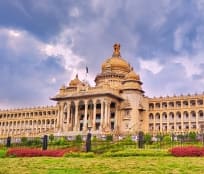
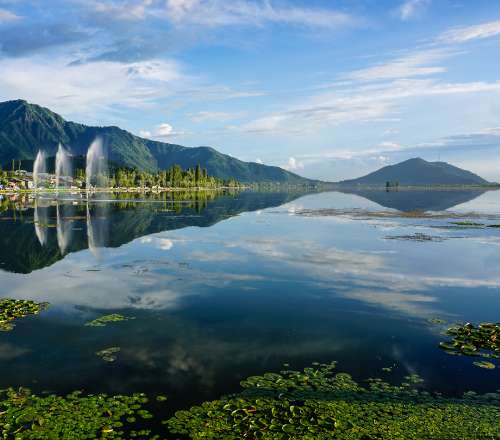
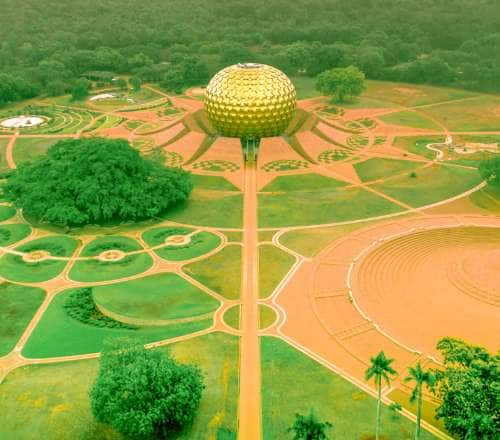
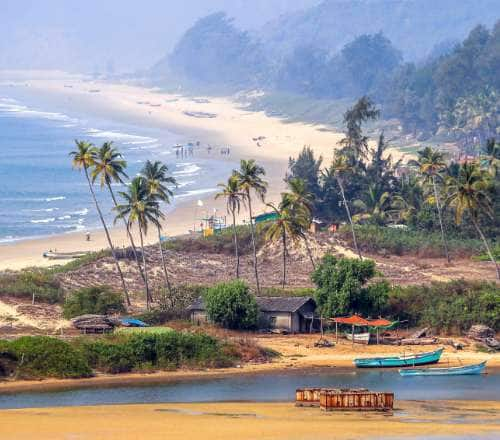
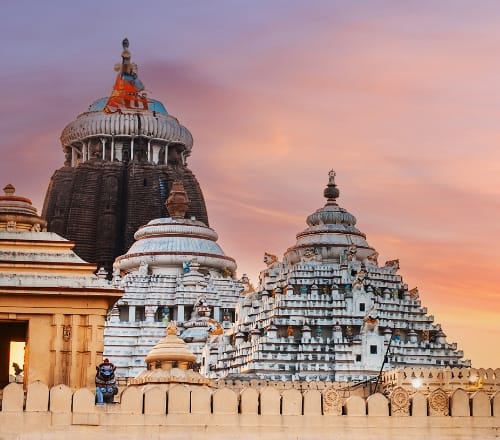
The Adani One expressly disclaims all liability, direct and indirect, in respect to actions taken or not taken based on any or all the contents of this Blog. The Blog is an opinion of the contributor based on the collation of data from various sources and is provided only for information purpose. Adani One does not canvass, advertise, solicit, invite or induct for any product, merchandise, information, brand or any other materials mentioned in the Blog, nor does it obtain any monetary benefit from the same. Reader is advised to read and apply his/her intellect and discretion in this regard. Any Intellectual Property mentioned in this blog belongs to the rightful owner. We do not intent to claim any interest over the same.